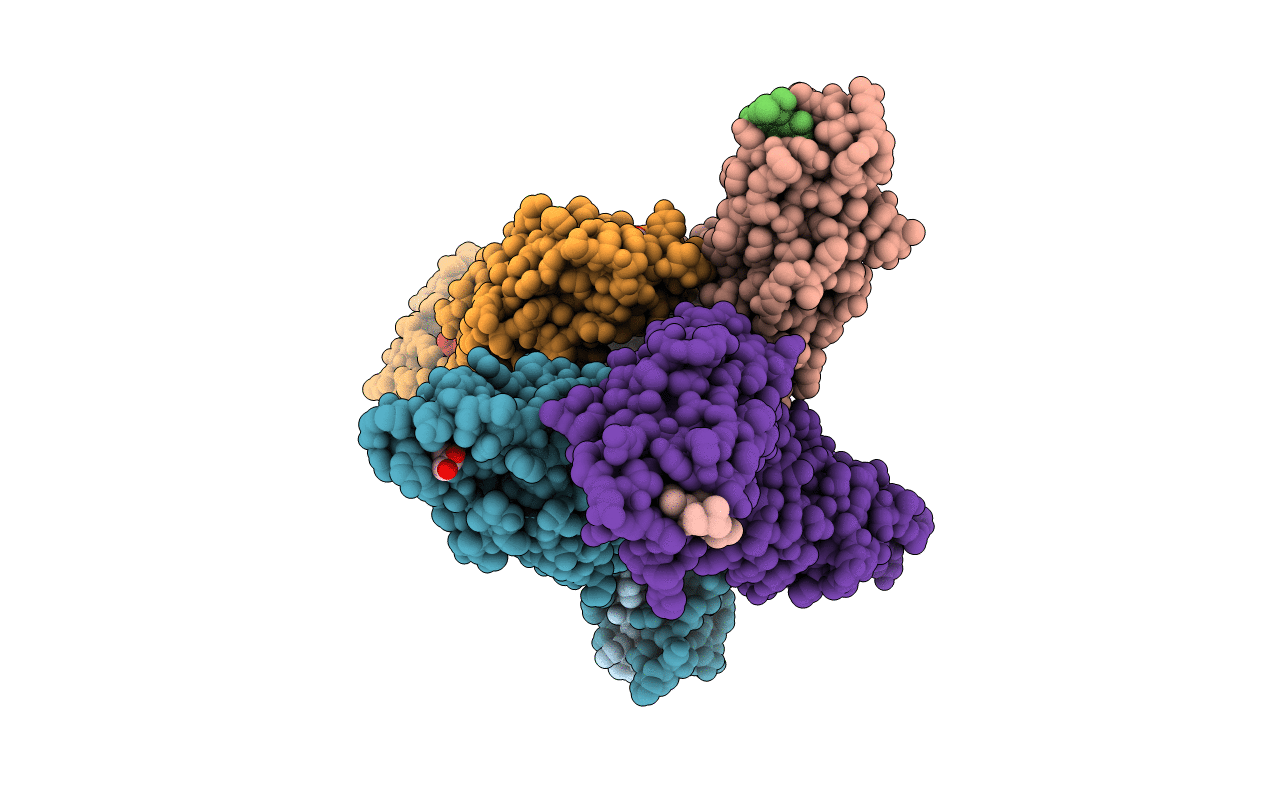
Deposition Date
2016-05-05
Release Date
2017-02-22
Last Version Date
2024-10-23
Entry Detail
PDB ID:
5JQI
Keywords:
Title:
Crystal structure of FimH A62S from E. coli UTI89 bound to FimG N-terminal extension
Biological Source:
Source Organism:
Escherichia coli (strain UTI89 / UPEC) (Taxon ID: 364106)
Host Organism:
Method Details:
Experimental Method:
Resolution:
1.96 Å
R-Value Free:
0.23
R-Value Work:
0.18
R-Value Observed:
0.19
Space Group:
P 1


